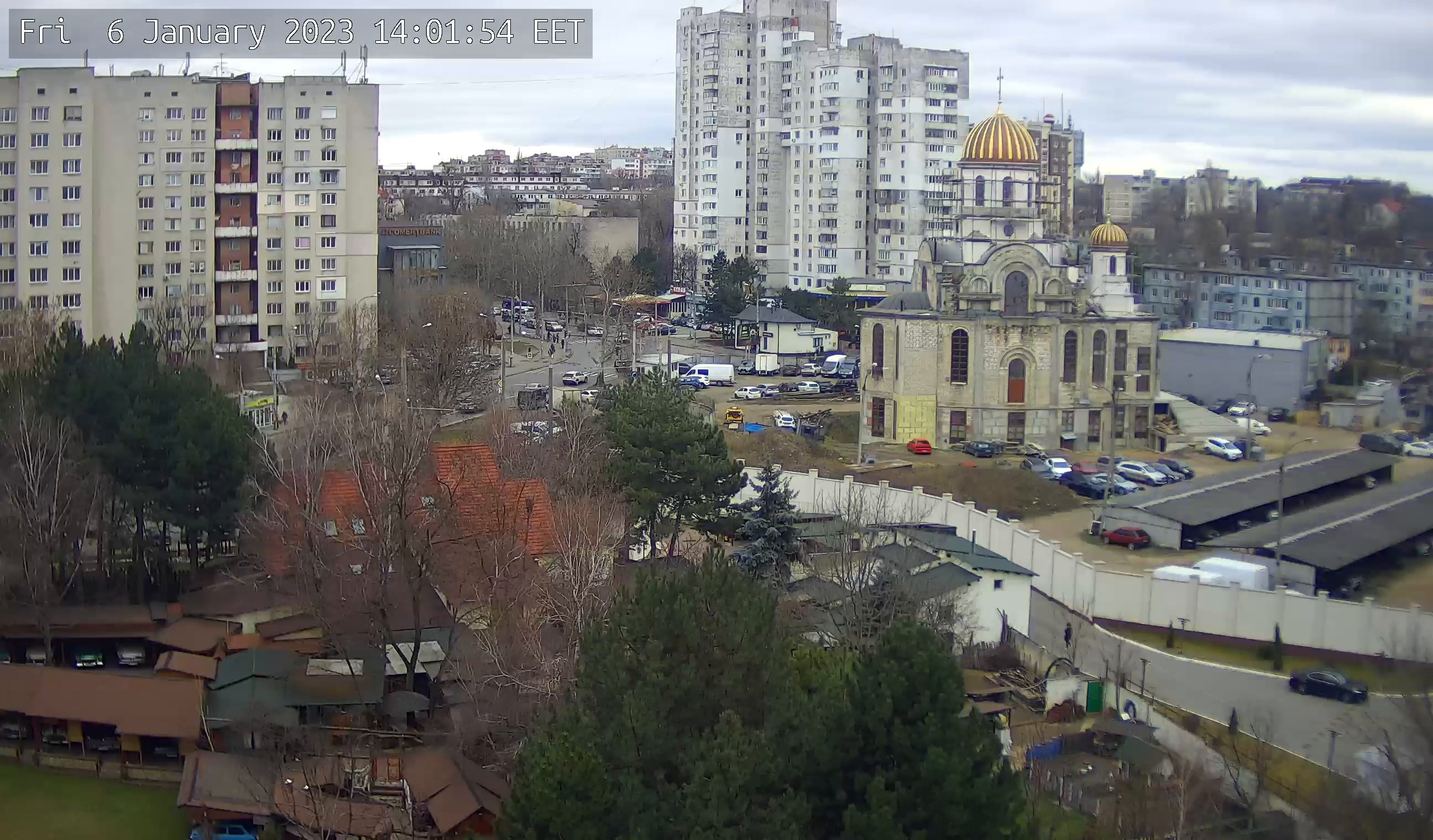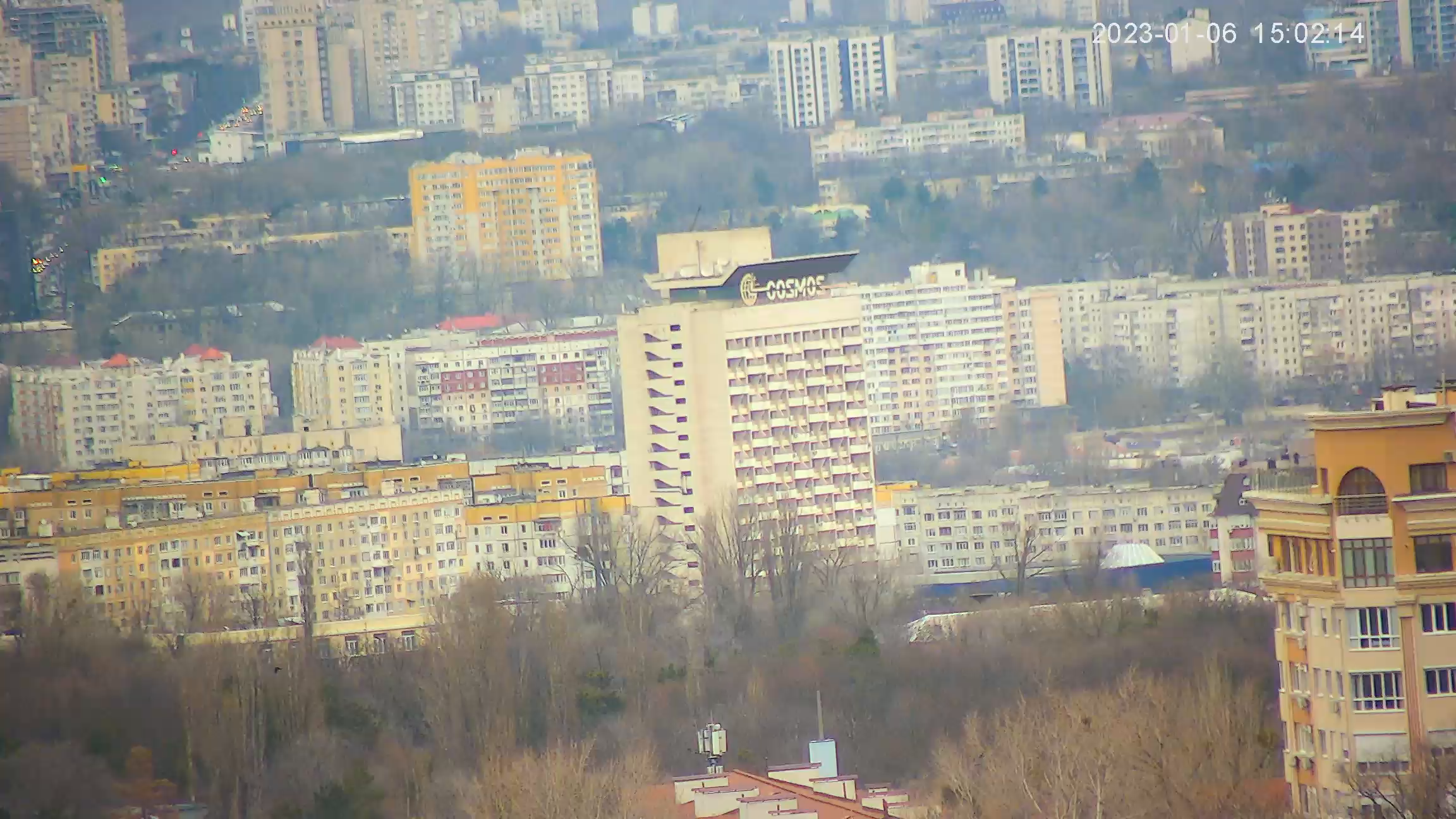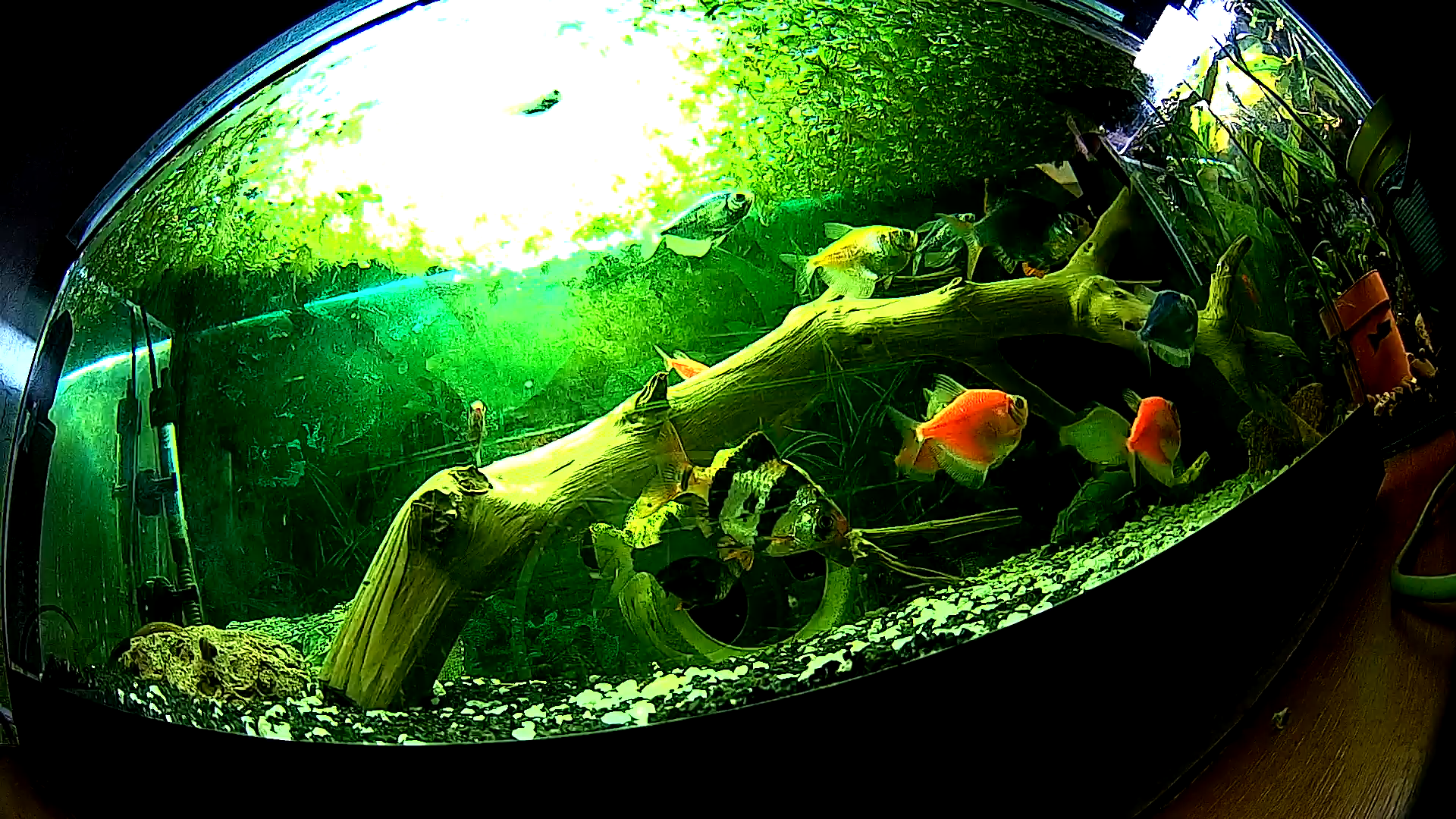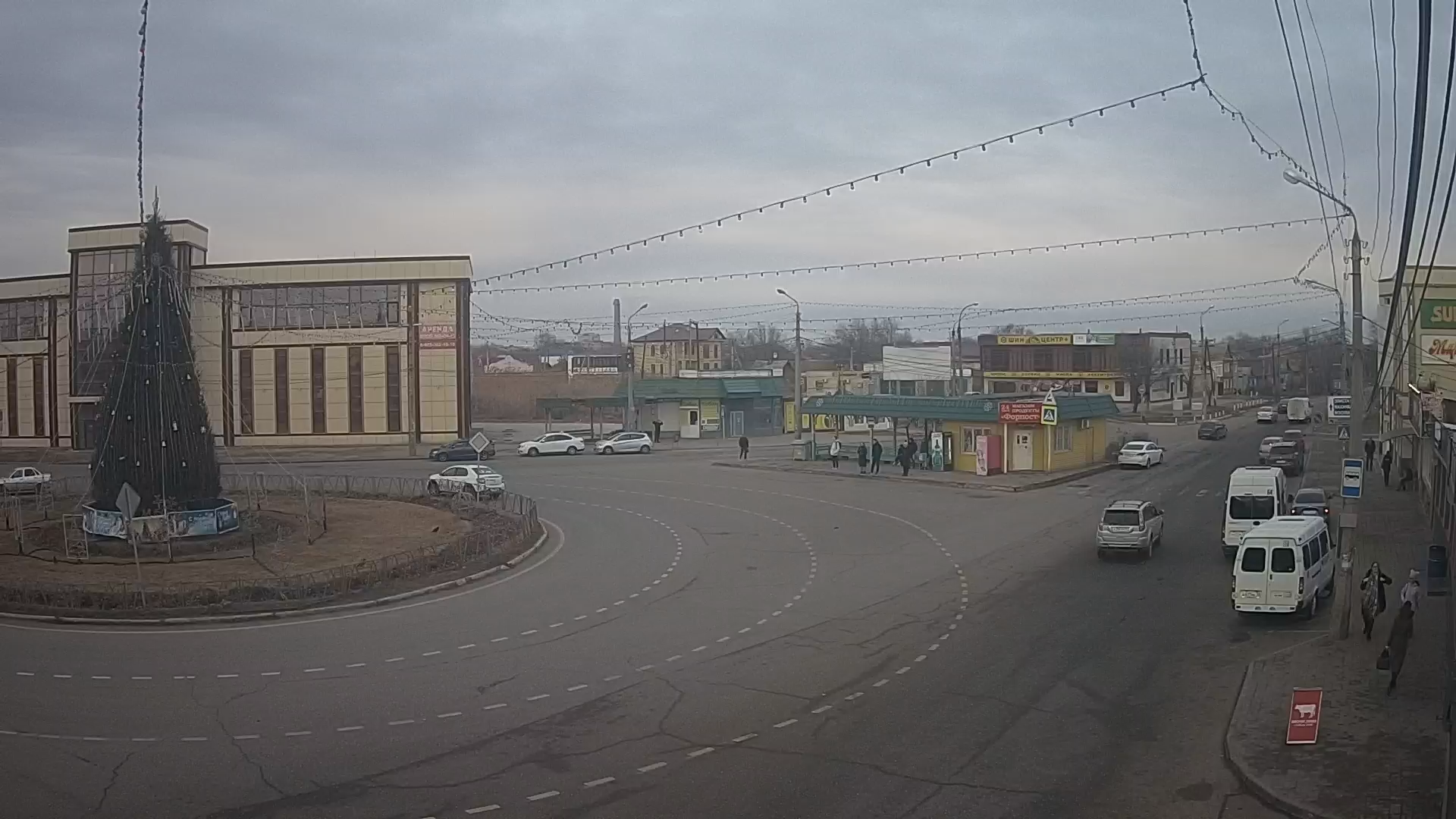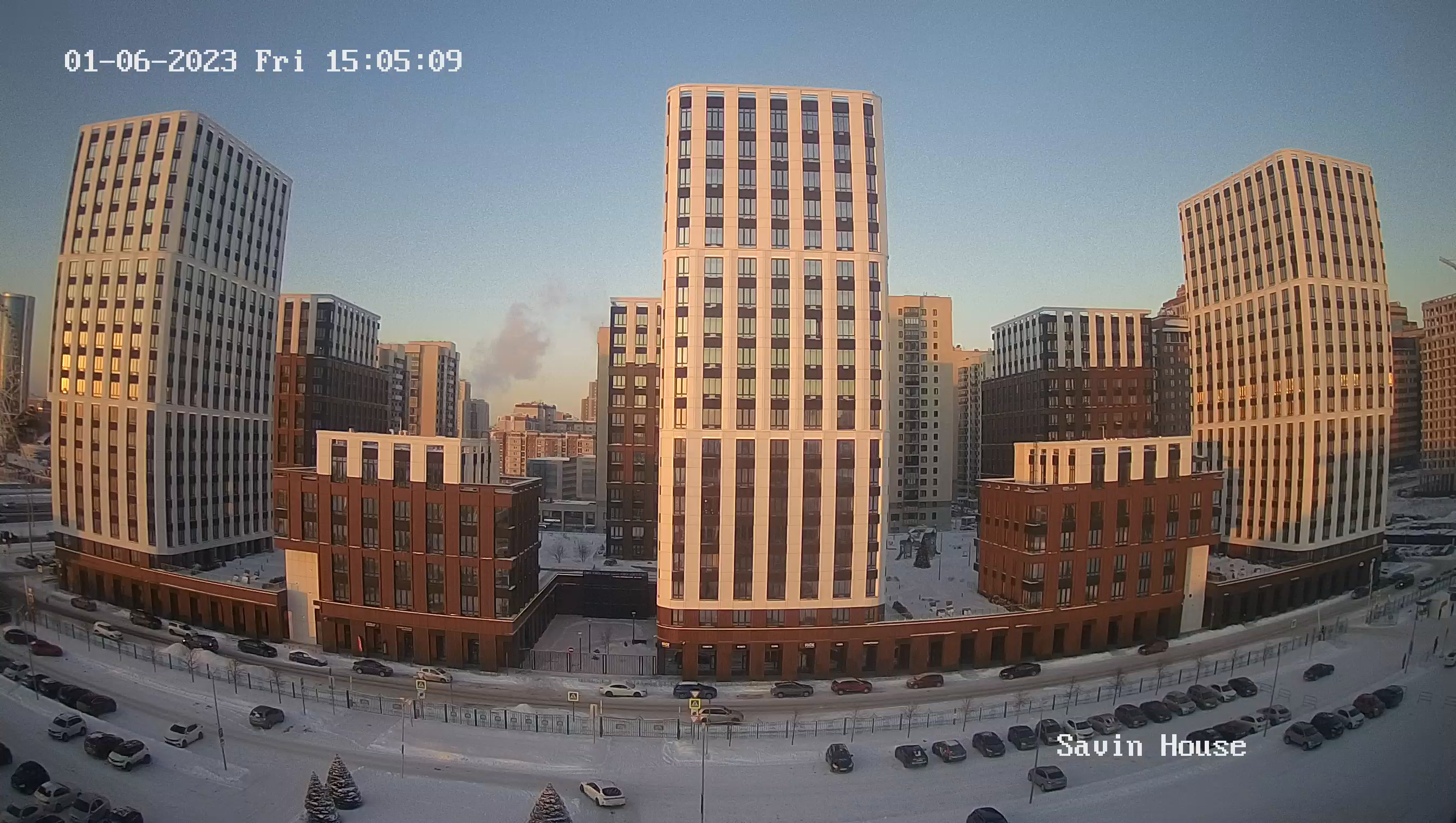Webcam in the Hermitage. Raphael Hall (St. Petersburg) in real time
The Raphael Gallery in the Hermitage presents a collection of rhythmically alternating semicircular arches that divide the ceiling into rectangular sections of equal length. In each part of the ceiling are frescoes on biblical themes. In total there are 52 scenes from the Old and New Testament, from the Creation to the Last Supper. These frescoes are often called the Raphael Bible. The masters also repeated the wall ornaments, graceful grotesques.
If two paintings by Leonardo da Vinci is a fine collection, two paintings by Raphael is a small collection. Leonardo's younger contemporary, Raphael Santi, was a very prolific painter. However, it is this small collection that allows us to trace the most romantic history of the Renaissance and a glimpse into the most enigmatic painting in the Hermitage.
As with Leonardo, both of Raphael's paintings are of the same subject: Madonna Conestabile and Madonna with Child and Beardless Joseph (Holy Family).
Madonna Conestabile is named after the Italian family, from whom it was purchased as a gift to his wife by Emperor Alexander II.
Since Raphael always depicted the same female type in the image of the Virgin, the term "Raphael Madonna" appeared. It is traditionally believed that Raphael painted his beloved, Fornarina. However, the artist painted Madonna Conestabile at the age of 20, when he was not yet familiar with Fornarina. Perhaps his phrase, dropped in a letter, can resolve this problem: "I will tell you that in order to write a beauty, I need to see many beauties...".
Thus, we have before us a collective image, artificially compiled from the traits of many models. A few years after its creation, Raphael would discover a real lady corresponding to this image and would paint other Madonnas from her. Thus we have before us the story of Pygmalion and Galatea in a Renaissance setting.
Raphael's "Holy Family" is perhaps the most enigmatic painting of the Hermitage. The Virgin Mary, the infant Christ, and Joseph, Christ's earthly father, are before us. Joseph is traditionally depicted with a beard, but here he is beardless. Joseph is given the features of Raphael's friend and mentor, the architect Donato Bramante. Of course, the painting was not created to be displayed in the halls of a museum, it is a prayerful image. Why was it possible to turn his prayers to a living contemporary?
One might assume that it was a sacrilegious, though friendly joke. However, Raphael was a highly religious man. Is it probably a joke of the customer and not the artist? But then who was the customer, such that the God-fearing artist dared not contradict him? A talented writer could have created a novel like "The Da Vinci Code" using this painting as the basis.

